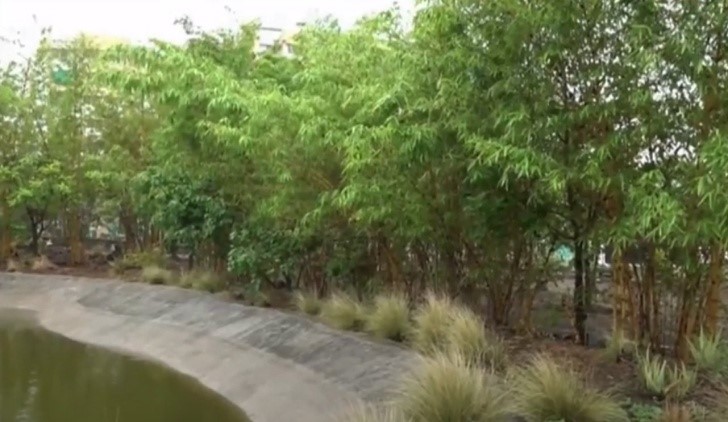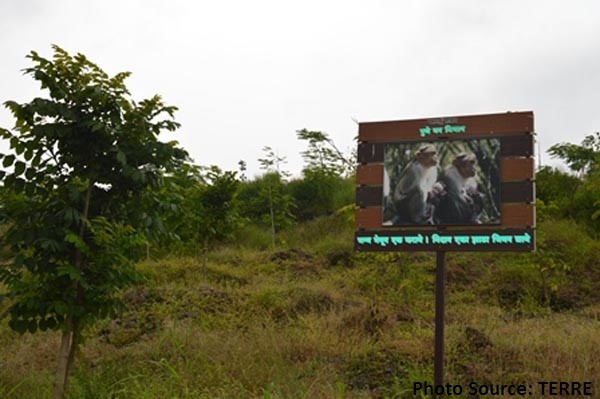Ministry of Environment, Forest and Climate Change
Warje Urban Forest in Pune now a role model for the country
Posted On:
05 JUN 2020 1:53PM by PIB Mumbai
Mumbai / Pune, June 5, 2020
Urban forests play an important role in ecology of human habitats in many ways. Aside from the beautification of the urban environment, they offer many benefits like impacting climate and the economy while providing shelter to wildlife and recreational area for city dwellers.
The World Economic Forum says that cities that have more trees are less noisy, with lower pollution levels. A fully-grown tree can annually absorb up to 150kg of carbon dioxide (CO2) – one of the main greenhouse gases contributing to global warming. Trees can moderate temperatures in heavily built cities, where heat radiated from concrete on buildings and roads, makes these areas hotter than the surrounding countryside, in a phenomenon known as ‘heat island’ effect. Food and Agriculture Organization adds that trees in urban areas reduce ozone, sulphur dioxide and particulate matter; remove large quantities of carbon dioxide from the atmosphere, and release oxygen.
In many countries there is a growing understanding of the importance of urban forests. Cities like Rio de Janeiro and Johannesburg have large forests within their urban areas. In India, most cities have gardens and parks, but not forests.
In this regard, an initiative that began in 2015-16 in Pune under the leadership of Union Environment Minister Prakash Javadekar, has now become a success story in urban area rejuvenation.
Welcome to Warje Urban Forest or Smriti Van.
Before becoming a pioneering urban forest, Warje Hill was a barren land under the Maharashtra Forest Department. As the city grew, it caused many encroachments by slums and builders.


Four years ago, under an unique experiment the Maharashtra Forest Department joined hands with TERRE Policy, a city based NGO, Tata Motors and Persistent Foundation to turn the barren hill into a green forest. To begin with, 8 feet saplings of variety of trees were planted. The plantation includes around 23 indigenous plants species namely Banyan, Peepal, Sonchafa, Apta, Neem, Kanchan, Golden Bamboos, Badam, Kaat, Amla, Umbar etc. To ensure that this project remained sustainable, peoples’ participation was encouraged. People can adopt trees in memory of their loved ones.
Four years down the line, the results are there for everyone to see. Smriti Van today boasts of more than 6,500 grown up trees. Some have become 25-30 feet tall. This year more trees would be planted. Today, the forest is rich in biodiversity with 23 plant species, 29 bird species, 15 butterfly species, 10 reptiles and 3 mammal species. Five water ponds have been built and two watch towers constructed.
Not only the Urban Forest project is helping maintain ecological balance, but also providing the Punekars a good walk way and a place to be in for the morning and evening walks. Nearly 1000- 1500 people visit Smriti Van every day. The Warje Urban Forest has become a role model for the rest of the country, even as on this World Environment Day, the Environment Minister Shri Prakash Javadekar launched an ambitious Urban Forestry programme covering 200 city corporations in the country.
***
PIB Mumbai / MD 050620
Follow us on social media:  @PIBMumbai
@PIBMumbai  /PIBMumbai
/PIBMumbai  /pibmumbai
/pibmumbai  pibmumbai[at]gmail[dot]com
pibmumbai[at]gmail[dot]com
(Release ID: 1629568)
Visitor Counter : 3763